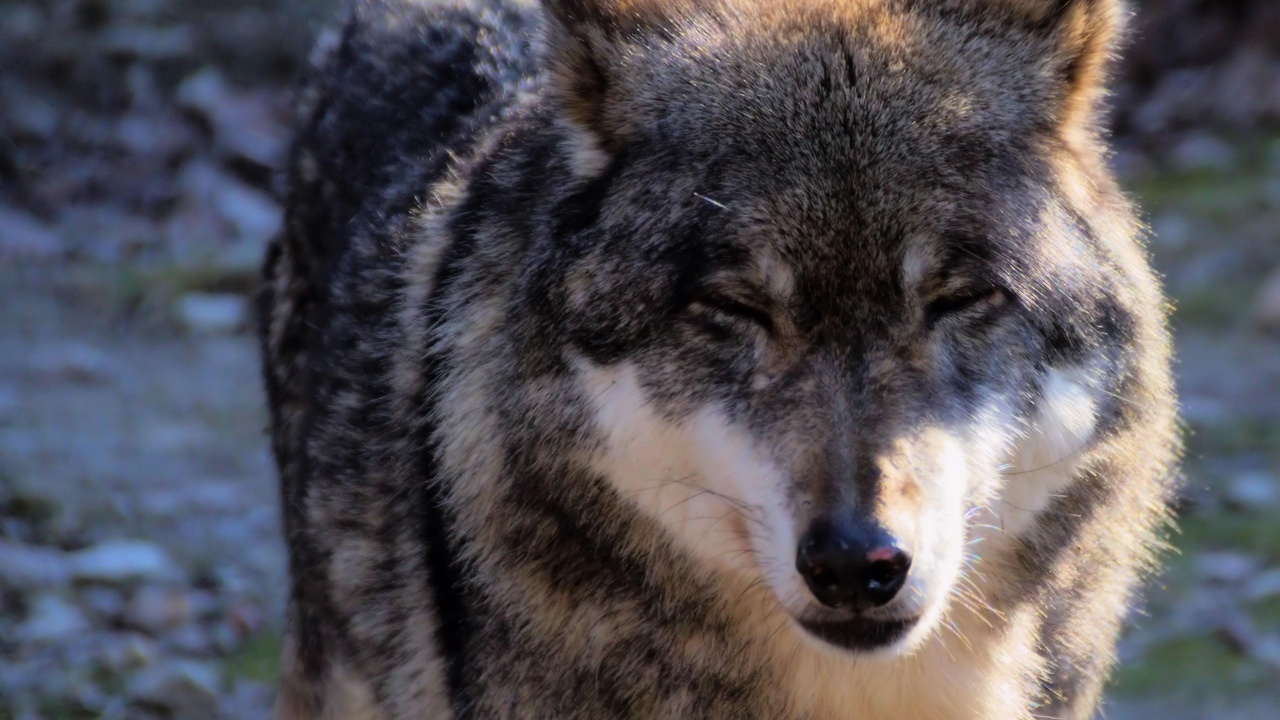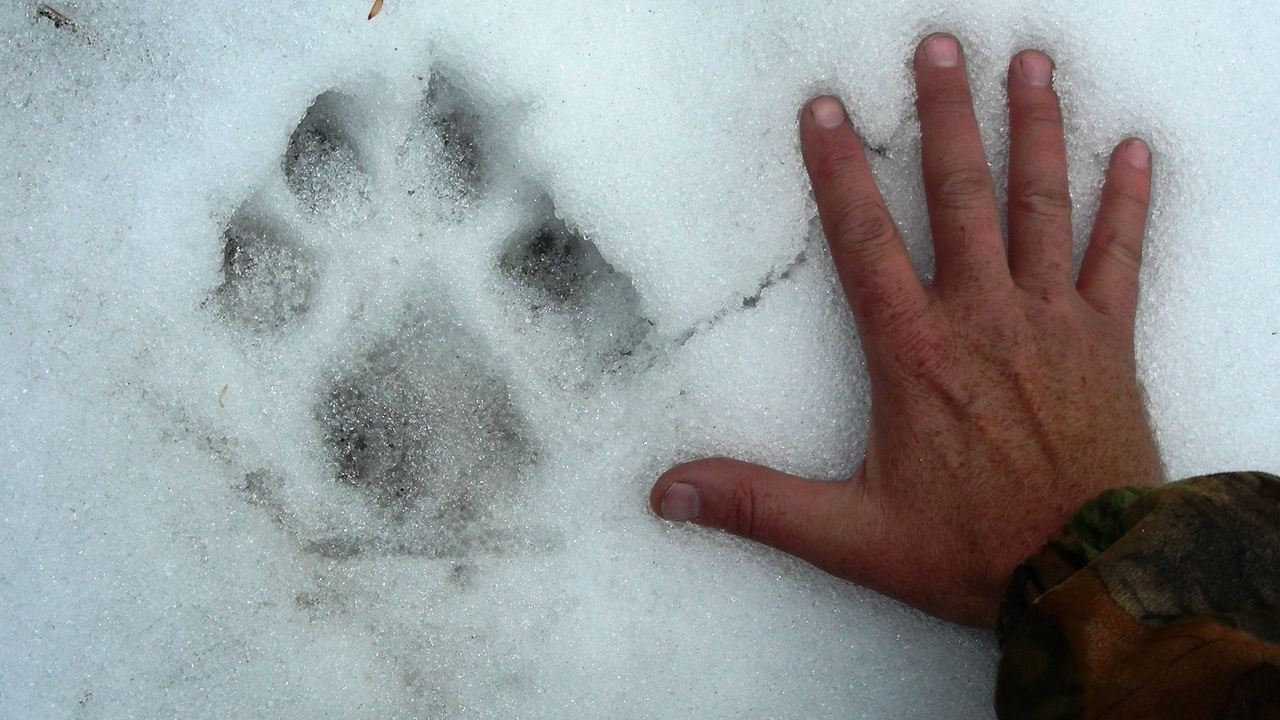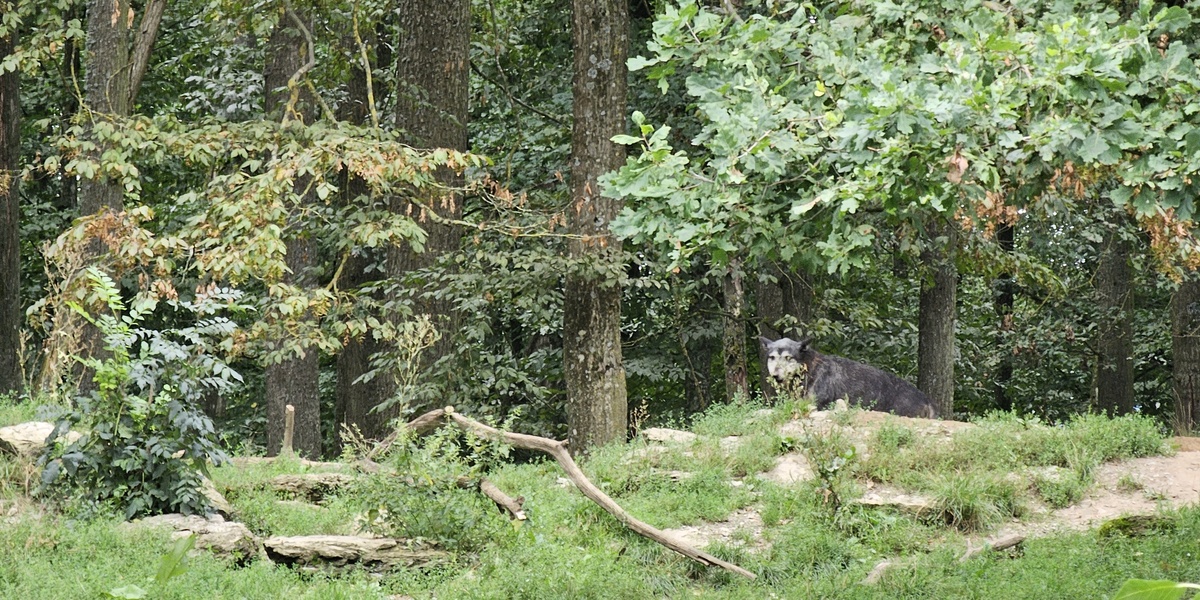In 1995 gray wolves were reintroduced to Yellowstone National Park, and within a decade scientists traced dramatic shifts in riverbank vegetation and wildlife behavior back to those predators’ return. That single event showed how one species can reshape entire landscapes, and it makes the rest of this guide relevant to anyone interested in ecosystem health, wildlife management, or cultural connections to large carnivores.
Understanding the defining characteristics of a gray wolf—its body, senses, social life, hunting tactics, and ecological role—explains why this species is so effective and why it matters to ecosystems and people. Below I group ten distinct traits into three themed sections: physical characteristics, behavior and social structure, and ecology, hunting, and life history.
Physical characteristics

These physical features equip wolves for endurance, hunting, and survival across tundra, forest, and scrub. The four traits below—size and build, coat, dentition, and senses—explain how wolves travel long distances, take down large prey, and persist in harsh climates.
1. Size, build, and physical endurance
Gray wolves are large canids built for endurance rather than sprinting. Adults typically weigh between 25–80 kg (55–175 lb), measure about 100–160 cm from nose to tail base, and stand roughly 60–90 cm at the shoulder depending on subspecies.
Long legs, a deep chest, and lean musculature let wolves cover 10–50 km in a day while pursuing prey or patrolling territory. Larger northern subspecies (for example, Arctic wolves) reach the upper end of the size range and can tackle moose or bison, while smaller southern types (such as the Mexican wolf) focus more on deer-sized prey.
2. Fur, coloration, and seasonal coat changes
Wolves have a double coat: a dense insulating underfur and longer guard hairs that shed water and protect the skin. In winter the undercoat thickens, providing insulation in subzero temperatures; in summer much of that underfur is lost during a seasonal molt.
Color ranges from white (common in Arctic wolves) through gray and brown to black. Geography, diet, and even hybrid ancestry can influence color morphs—black wolves appear more often in some North American populations, while Arctic wolves are predominantly white for camouflage among snow and ice.
3. Teeth, jaws, and feeding adaptations
Adult wolves have the full canid dental formula with 42 teeth, including prominent canines for seizing prey and powerful carnassials for shearing flesh. Those carnassial teeth act like scissors, slicing meat efficiently.
Wolves also have robust jaw muscles that let them crush smaller bones and gnaw marrow, which increases the nutritional return from large kills. In a pack feeding event at an elk or bison carcass, several individuals use these adaptations to quickly remove and process meat and bone.
4. Acute senses: smell, hearing, and vision
Wolves rely heavily on scent and sound to locate prey and coordinate with the pack. Humans have roughly 5–6 million olfactory receptor cells; canids—including wolves—have on the order of hundreds of millions, giving them orders-of-magnitude stronger smell.
Wolves hear faint noises at distance and have good low-light vision that supports nocturnal and crepuscular hunting. Their long-range vocalizations—howls—can carry across 2–10 km depending on terrain and weather, helping packs coordinate or advertise territory.
Behavior and social structure

Wolves are highly social animals. Packs function mainly as family units that increase hunting efficiency and pup survival, and pack organization influences territory use and conflict with neighboring packs. Typical wild packs often average about 6–8 individuals.
5. Pack social structure and family bonds
Packs usually consist of a breeding pair and their offspring rather than the forced “alpha” hierarchies once popularized from captive studies. Pack sizes range roughly from 2–15, with many wild packs averaging 6–8 animals.
Older offspring commonly act as helpers, assisting in hunting, den defense, and pup rearing. Family-based cooperation increases the success rate for taking large ungulates and raises pup survival, which matters for population recovery and management decisions.
6. Communication: howls, scent, and body language
Wolves use vocal, olfactory, and visual signals to coordinate and maintain social order. Howling serves to assemble group members, advertise territory, and coordinate hunts; researchers often use howl surveys to detect pack presence across several kilometers.
Scent marking with urine and feces defines territorial edges, and repeated scent posts appear along boundaries. Within the pack, facial expressions, tail positions, and posturing regulate access to food and mating without constant fighting.
7. Territoriality, range size, and movement
Wolves defend territories whose size depends strongly on prey density and habitat. Territories can vary from as small as about 50 km² in prey-rich areas to over 1,000 km² in boreal or Arctic regions where prey are sparse.
Young wolves disperse to find mates and establish new packs; dispersal distances commonly range from dozens to hundreds of kilometers. Those movements create gene flow between populations and are a key consideration in conservation planning and livestock conflict mitigation.
Ecology, hunting, and life history

Hunting behavior and life-history traits determine diet breadth, reproductive output, and how wolves influence ecosystems. The following three traits—diet and tactics, reproduction, and apex-predator effects—tie wolf biology to measurable landscape changes (for example, Yellowstone 1995–1996 translocations).
8. Hunting strategy and diet flexibility
Gray wolves are opportunistic predators that use coordinated pack tactics to hunt large ungulates such as deer, elk, moose, and caribou. A pack’s cooperation lets them tackle animals far larger than any single wolf.
Diet varies seasonally and geographically and can include smaller mammals, birds, fish, and carrion. Wolves may consume roughly 2–9 kg in a single heavy meal and will scavenge or exploit human-related food where available. Coastal wolves frequently supplement their diet with salmon when it’s abundant.
9. Reproduction, pups, and lifespan
Breeding typically occurs in late winter; gestation lasts about 63 days and litters commonly number 4–6 pups. Pups are born in dens, begin venturing outside after a few weeks, and are usually weaned by around 8–10 weeks.
Wolves reach sexual maturity around 2–3 years. In the wild average lifespans are roughly 6–8 years, while captive individuals may live 12–15 years. Cooperative rearing by helpers improves pup survival, which helps populations rebound after reintroduction.
10. Ecosystem role: top predator and keystone effects
As apex predators, wolves trigger trophic cascades that influence prey behavior, plant communities, and other wildlife. The Yellowstone reintroduction (1995–1996), when about 31 wolves were translocated, provides a clear example of how predator return can alter ecosystems.
Wolves reduce prey numbers and change browsing patterns, which aided riparian vegetation recovery and increased beaver activity in Yellowstone over the following decade. Those shifts benefit biodiversity, alter habitat structure, and complicate management choices because of social and economic trade-offs tied to livestock and hunting interests.
Summary
- Wolves combine endurance-built bodies, a double coat, and sharp dentition to exploit large prey and harsh climates.
- Pack life is primarily family-based (many packs average 6–8 wolves), with helpers aiding pup survival and cooperative hunting boosting success.
- Senses and communication (howls carrying 2–10 km, scent marking) let packs coordinate across vast territories and defend ranges that can span 50–1,000 km².
- The characteristics of a gray wolf—diet flexibility, reproduction (63-day gestation; litters of ~4–6), and apex status—drive measurable ecosystem changes, as seen after Yellowstone’s 1995–1996 reintroduction.


